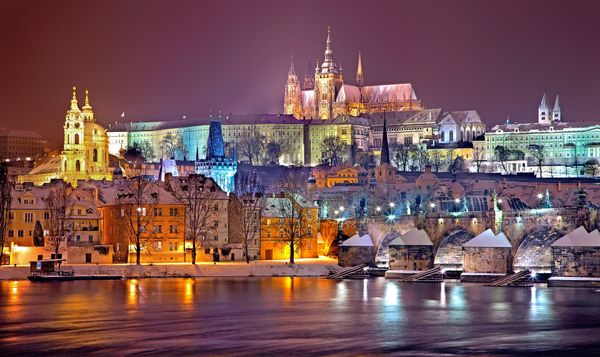When to Use the Definite Article with Countries
When we refer to countries in English, we use the definite article (the) in some cases. ESL students struggle with articles in general, but knowing when to use the in front of countries can be simplified.
Firstly, most country names are not prefaced by the, so let’s consider that the default setting.
Have you been to ∅ China?
∅ Mongolia is bigger than I expected.
The countries whose names are prefaced by the can be separated into two groups. The first group is composed of countries that we refer to with an official or political name. The second group is made up of countries whose name indicates a geographic multitude.
Countries Known by an Official Name
The government of each country decides its official name, typically by law, and the name frequently includes a word like kingdom or republic that says something about the nation’s political organization.
In most cases, however, people don’t use the official name to refer to a country. For example, the country known as Australia around the world is officially called the Commonwealth of Australia. See that the? We use it before official names, but with Australia and most other countries’ names, we don’t use the official name except in rare cases.
Here are the few countries that we regularly refer to with an official/political name:
- The Central African Republic
- The Dominican Republic
- The United Arab Emirates
- The United Kingdom (of Great Britain and Northern Ireland)
- The United States (of America)
In some cases, we know a country by more than one name. We say both “the United States” and “America” to refer to the same country. We say both “the United Kingdom” and “Britain.”
Here are some cases where the official and political names are used roughly to an equivalent degree:
- The Democratic Republic of the Congo
- The Republic of the Congo
- The Czech Republic
These countries are also known at times as..
- Congo-Kinshasa
- Congo or Congo-Brazzaville
- Czechia

Countries Whose Names Suggest a Geographic Multitude
For the most part, these are groups of islands, but due to one exception, I’m using the term ‘geographic multitude’. Keep in mind, we don’t use the before countries that have lots of islands, like Indonesia. Rather, we use the when the name implies the idea of many.
So we have:
- The Bahamas
- The Maldives
- The Marshall Islands
- The Netherlands
- The Philippines
- The Seychelles
- The Solomon Islands
The case that is not a group of islands is the Netherlands. The name continues to end with an S in English and other languages from a time when it referred to several countries or principalities in the region. Outsiders also refer to this country as Holland even though that is technically a region within the country. The Dutch people refer to their country as Nederland (singular).
Reading this post back to myself, the situation doesn’t seem as simple as I suggested. However, we don’t need to give all the details to students. To simplify the lesson, I think it’s enough to tell students to do the following.
Use the in front of country names that are political or groups (mainly island groups)
You can show them this chart to clarify the choices:
| Kind of Country Name | Do We Use "the"? | Examples |
|---|---|---|
| Most country names | Don’t use the | Australia, Peru, Canada, Japan, Poland, Ukraine, Greece, Morocco, South Africa, etc. |
| Political names | Use the | the Central African Republic, the Dominican Republic, the United Arab Emirates, the United Kingdom, the United States |
| Names of groups | Use the | the Bahamas, the Maldives, the Marshall Islands, the Netherlands, the Philippines, the Seychelles, the Solomon Islands |
Getting the article in front of country names correct is not the most important thing for ESL students, but if they hear and understand the simplified line above, I think they will be doing it correctly from that point on.
A good time to explain this rule-of-thumb would be before a discussion on some international issue or before discussing these travel conversation questions.